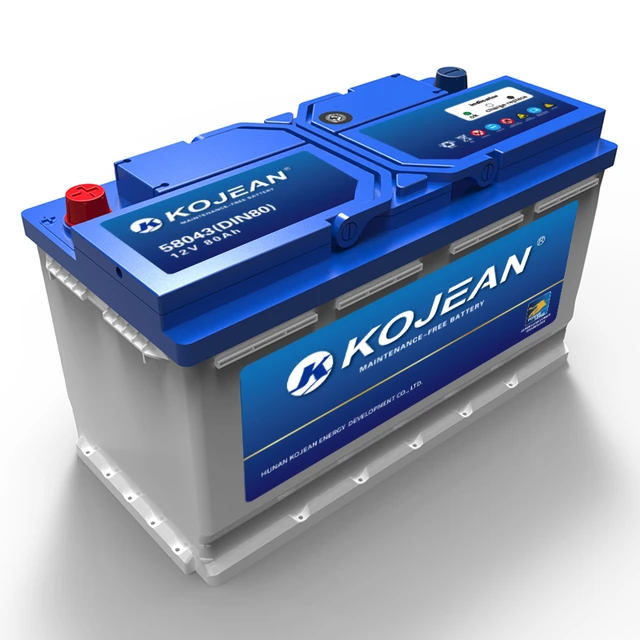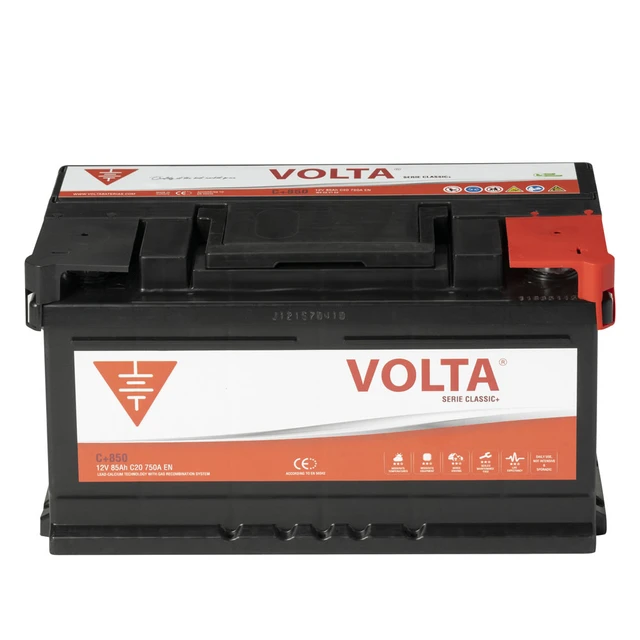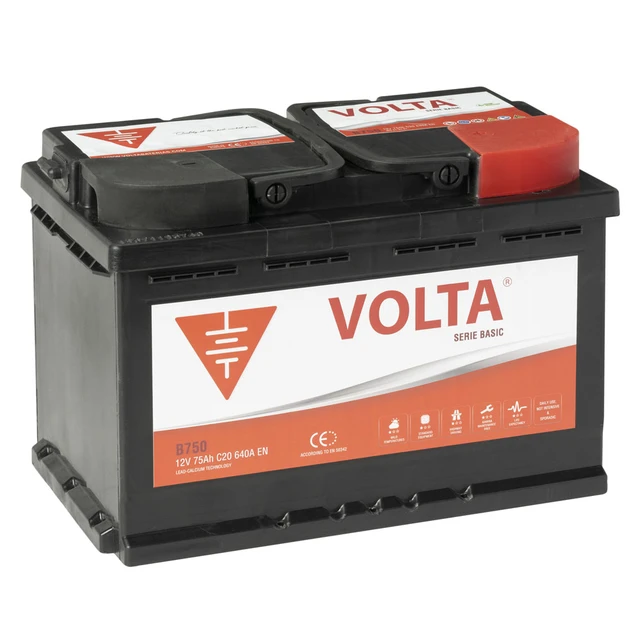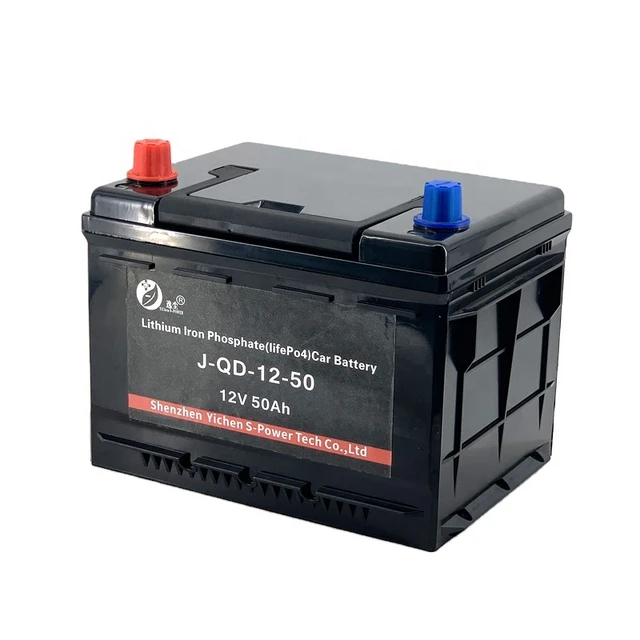 Introduction:
Introduction:
Reconnecting a car battery is a basic yet essential task that every car owner should know. Whether you are replacing a dead battery or performing maintenance on your vehicle, understanding how to reconnect the battery properly is crucial for the safe and efficient operation of your car. In this comprehensive guide, we will provide a step-by-step explanation of how to reconnect a car battery. By following these simple instructions, you can confidently reconnect your car battery and ensure your vehicle is ready to go.
Some common types of car batteries:
There are several types of car batteries available in the market, each with its own characteristics and applications. Here are some common types of car batteries:
Lead-Acid Battery:
Lead-acid batteries are the most traditional and widely used type of car battery. They consist of lead plates immersed in a sulfuric acid electrolyte solution. These batteries are known for their reliability, affordability, and ability to deliver high cranking power.
Absorbent Glass Mat (AGM) Battery:
AGM batteries are a type of lead-acid battery that uses glass mat separators to hold the electrolyte. The absorbed glass mat design helps prevent acid spills and enables the battery to perform better in terms of vibration resistance and deep cycling. AGM batteries are commonly used in vehicles with multiple energy-consuming accessories or in vehicles where space constraints exist.
Gel Battery:
Gel batteries are another type of sealed lead-acid battery. They use a gel electrolyte instead of a liquid electrolyte. This gel-like electrolyte provides better resistance against vibration and is less prone to leakage. Gel batteries are typically maintenance-free, have a slow self-discharge rate, and are suitable for deep cycling applications.
Lithium-Ion Battery:
Lithium-ion (Li-ion) batteries are becoming increasingly popular in the automotive industry due to their high energy density, lighter weight, and long cycle life. These batteries provide quick and consistent power and are often used in hybrid and electric vehicles. Li-ion batteries can also offer regenerative charging during braking, boosting fuel efficiency.
Lithium Iron Phosphate (LiFePO4) Battery:
LiFePO4 batteries are a type of lithium-ion battery known for their safety features and stability. They have a longer lifespan, high energy density, and excellent thermal stability. LiFePO4 batteries are typically used in electric vehicles and high-performance applications where durability and safety are crucial.
Nickel-Metal Hydride (NiMH) Battery:
NiMH batteries are another type of rechargeable battery commonly used in hybrid vehicles. They offer a good balance between performance, reliability, and cost-effectiveness. NiMH batteries have a high energy density, long service life, and are more environmentally friendly compared to traditional lead-acid batteries.
The choice of car battery depends on various factors such as the vehicle’s power requirements, usage patterns, and budget considerations. It’s important to consult the vehicle manufacturer’s recommendations and consider individual needs when selecting the most suitable type of car battery.
 Introduction to Reconnecting a Car Battery
Introduction to Reconnecting a Car Battery
Reconnecting a car battery is the process of reconnecting the positive and negative terminals to restore electrical power to the vehicle.
A. Safety Considerations: Proper precautions must be taken to prevent injury and avoid damaging the vehicle’s electrical system.
B. Basic Maintenance Task: Reconnecting the car battery is a routine maintenance task that may be required when replacing or servicing the battery.
Gathering the Necessary Tools
Before reconnecting a car battery, make sure you have the necessary tools at hand.
A. Safety Equipment: Wear safety glasses and gloves to protect yourself from any potential hazards.
B. Tools: Depending on the type of battery terminals and connectors, you may need a wrench, socket set, or pliers.
 Preparing for Reconnection
Preparing for Reconnection
Before proceeding, ensure that the vehicle is in a safe and well-ventilated area.
A. Turn Off the Ignition: Make sure the ignition switch is in the “off” position to prevent any electrical mishaps.
B. Inspection: Inspect the battery terminals, cables, and connectors for any signs of corrosion or damage. Clean or repair as necessary.
Reconnecting the Battery
Follow these step-by-step instructions to reconnect the car battery safely and correctly.
A. Locate the Battery: Open the hood and locate the car battery, usually located in the engine bay.
B. Identify the Battery Terminals: Identify the positive (+) and negative (-) terminals on the battery. The positive terminal is usually marked with a red cover or a plus sign, while the negative terminal has a black cover or a minus sign.
C. Connect the Positive Terminal: Attach the positive cable to the positive terminal of the battery. Ensure the connection is secure and tight but avoid overtightening.
D. Connect the Negative Terminal: Attach the negative cable to the negative terminal of the battery. Again, ensure that the connection is secure and tight.
Final Steps
After reconnecting the car battery, there are a few important steps to complete the process.
A. Inspect the Connections: Double-check that both terminals are securely fastened to the battery and that there is no wiggle or looseness.
B. Test the Battery: Turn on the ignition and test the electrical components, such as lights, radio, and air conditioning, to ensure they are functioning properly.
C. Close the Hood: Once you have confirmed that the battery is properly reconnected and the car is functioning normally, close the hood securely.
Troubleshooting Tips
If you encounter any issues while reconnecting the car battery, consider the following troubleshooting tips.
A. Corrosion Removal: If you notice corrosion on the terminals or connectors, clean them using a mixture of baking soda and water or a specialized battery terminal cleaner.
B. Cable Inspection: If the battery cables are damaged or frayed, you may need to replace them to ensure a secure connection.
 Precautions and Safety Measures
Precautions and Safety Measures
When reconnecting a car battery, it is important to observe certain precautions to minimize the risks and ensure your safety.
A. Avoid Sparks: Always connect the positive cable first and the negative cable last to minimize the risk of sparks or electrical shock.
B. Secure Connections: Ensure that the battery cables are securely fastened and tightened to prevent any vibrations or looseness while driving.
C. Proper Disposal: If you are replacing an old battery, dispose of it properly at a designated recycling or disposal center.
 Conclusion
Conclusion
Reconnecting a car battery is a straightforward task that every car owner should be familiar with. By gathering the necessary tools, taking precautions, and following the step-by-step instructions, you can safely and effectively reconnect your car battery. Regular battery maintenance, such as cleaning and inspection, can ensure optimal performance and prevent any issues from arising. With the ability to confidently reconnect your car battery, you can rest assured that your vehicle’s electrical system is in proper working order and ready to hit the road.









